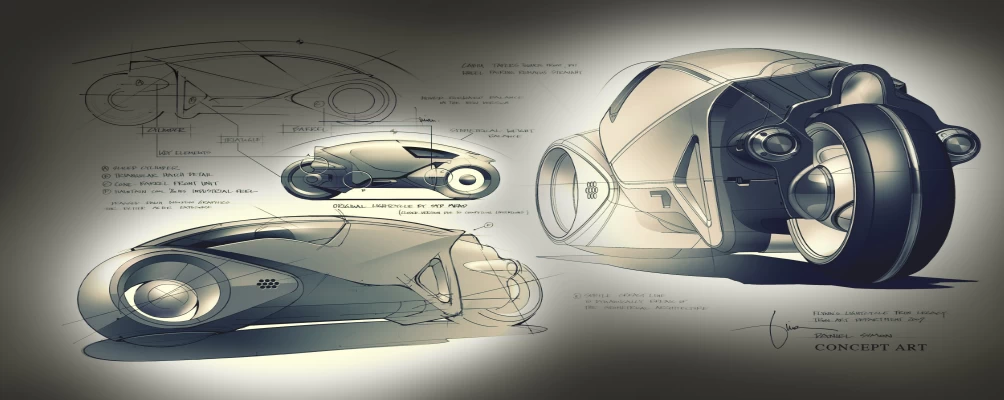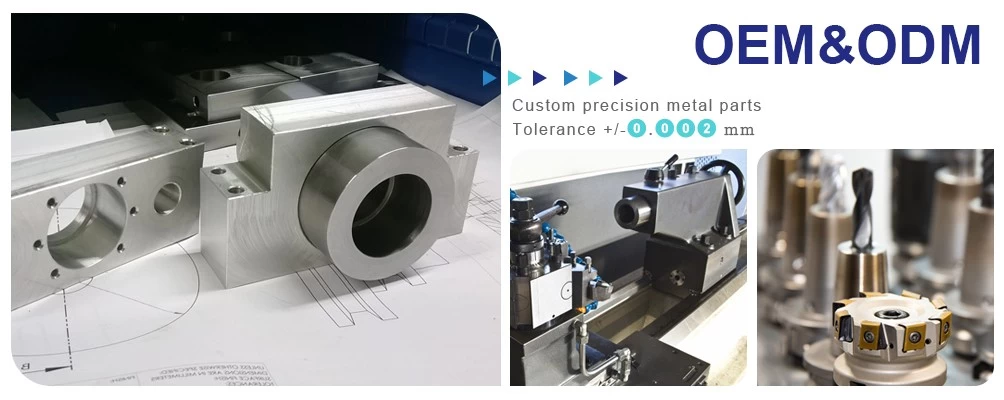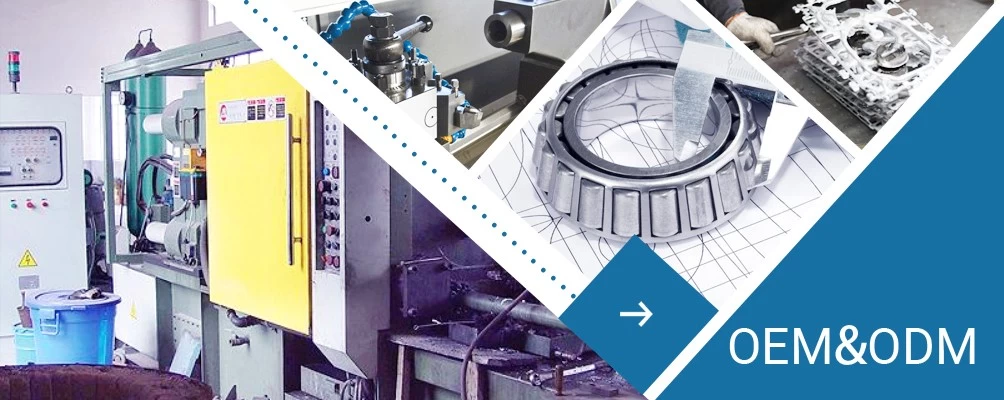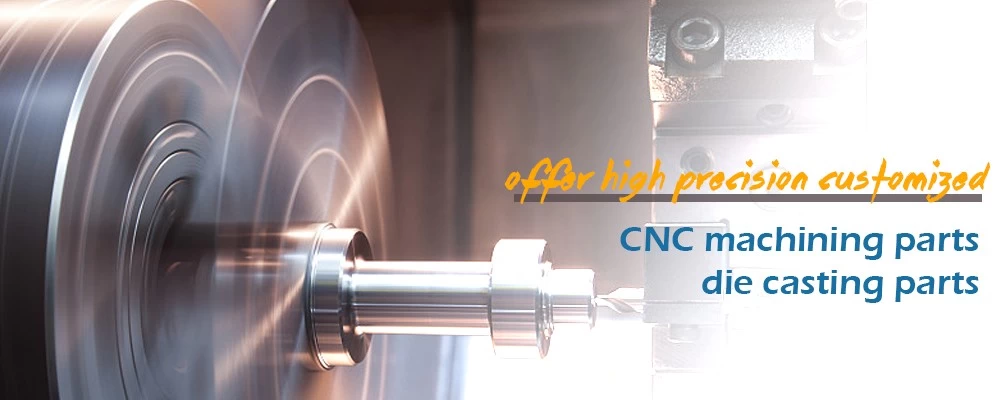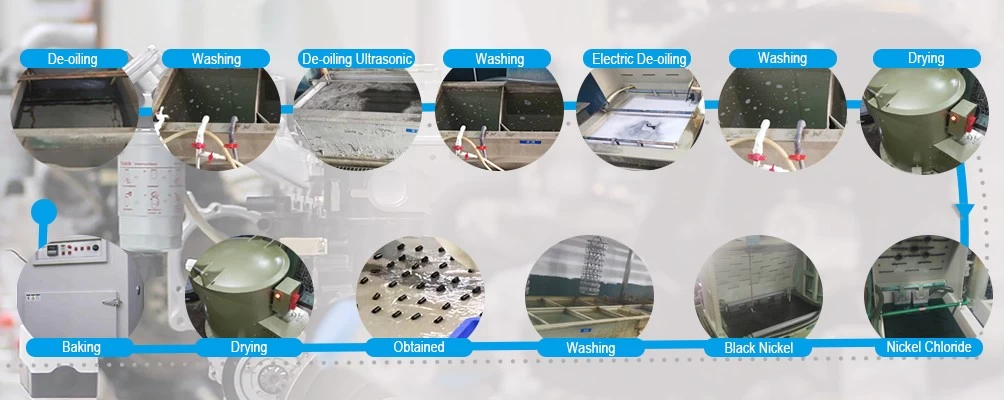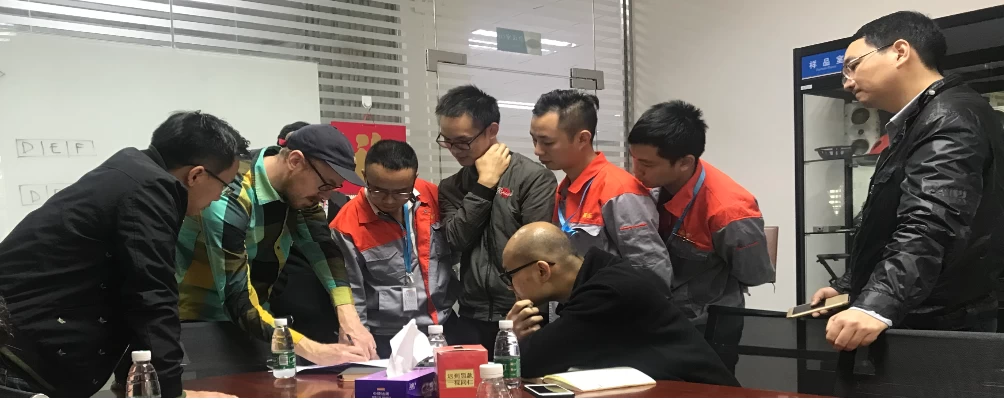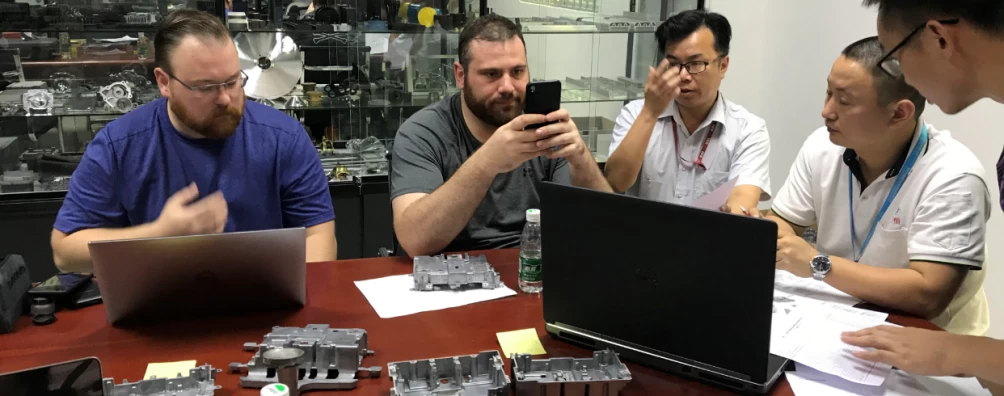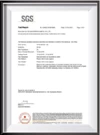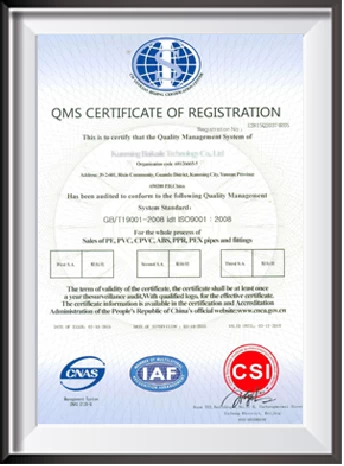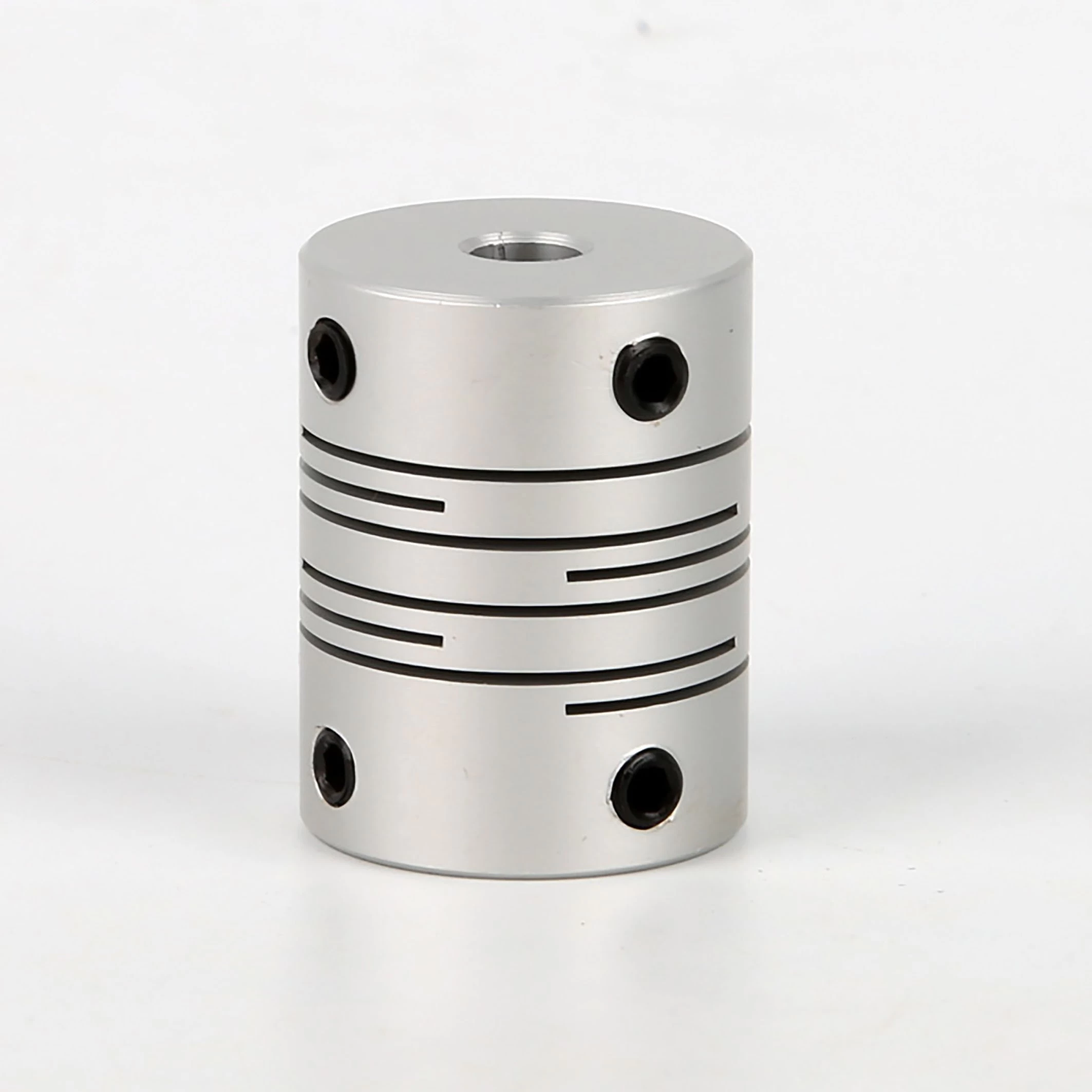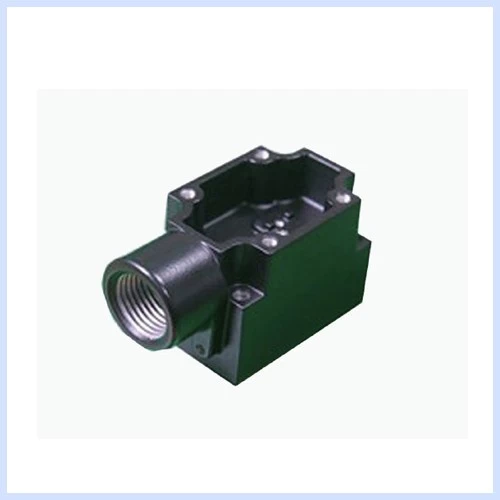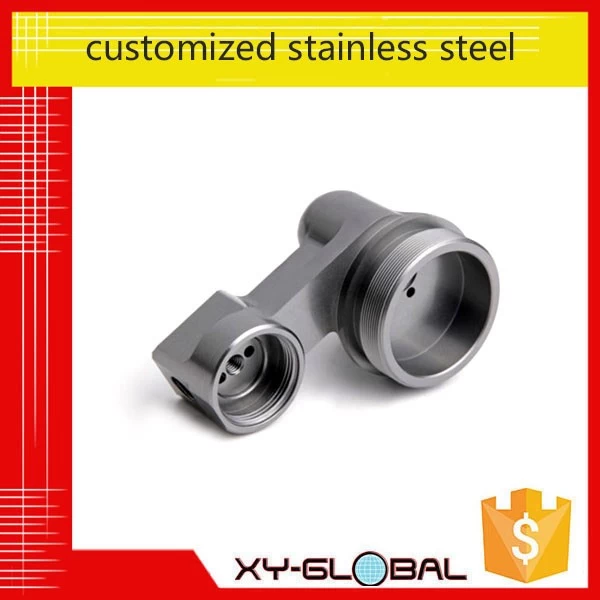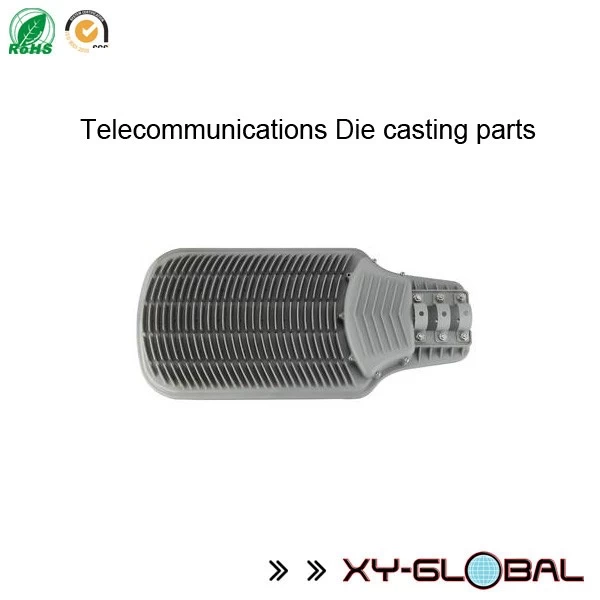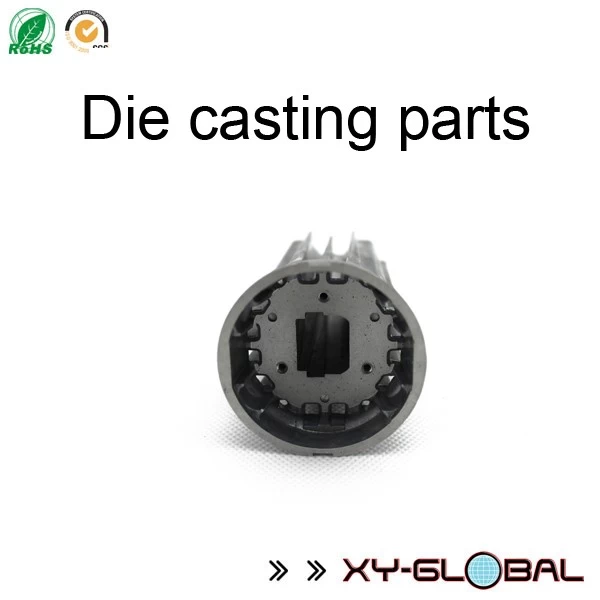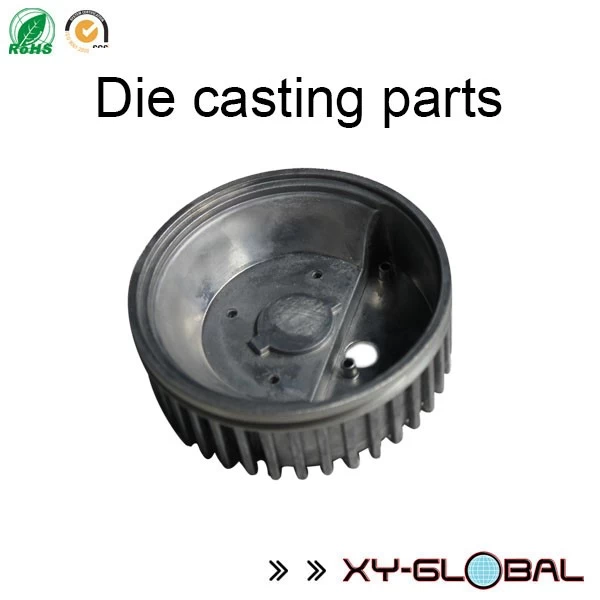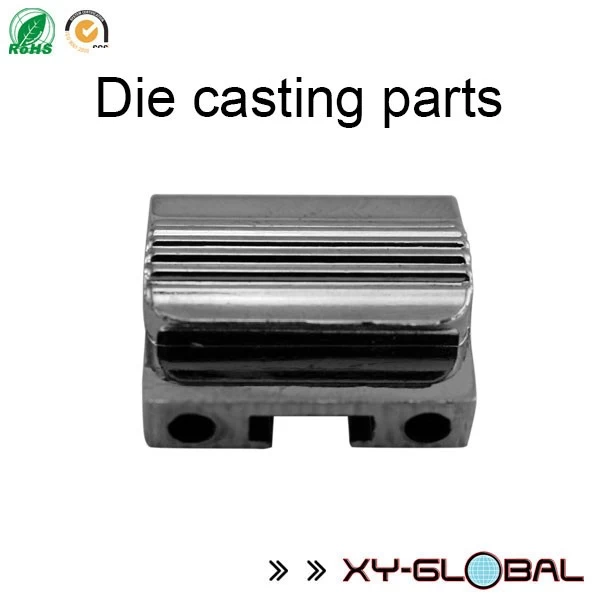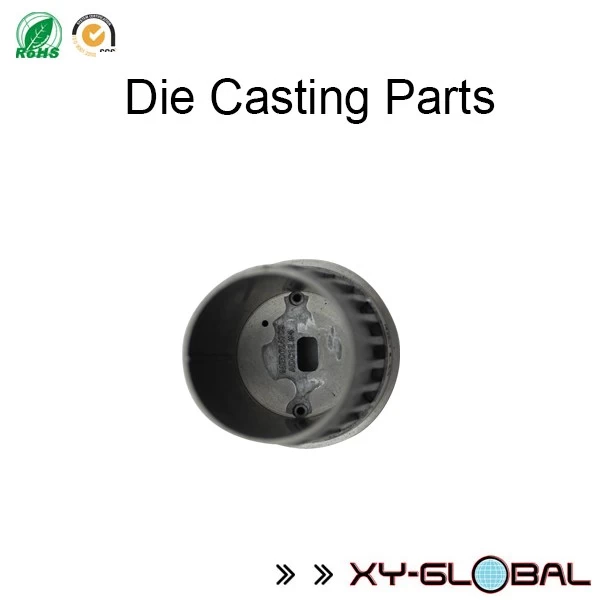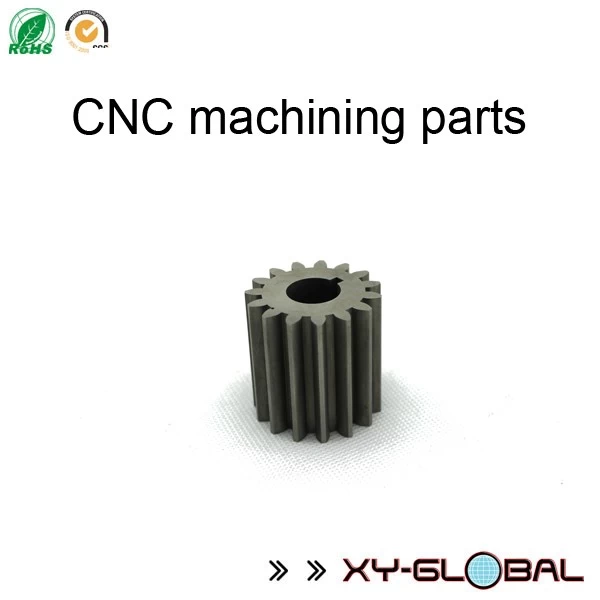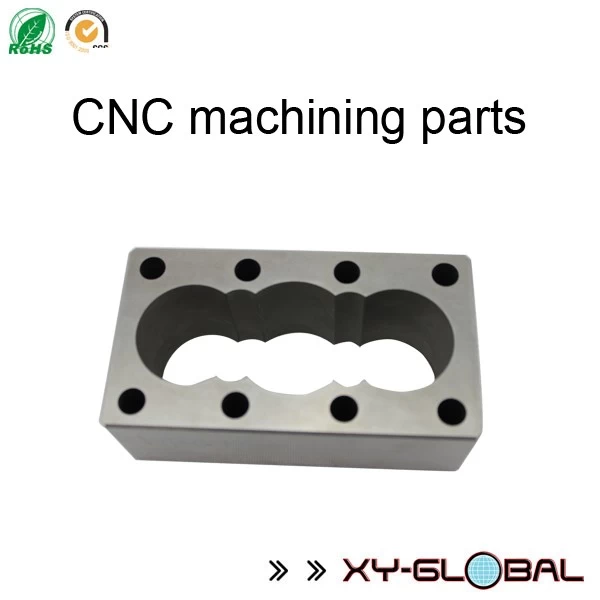What is PP material?
Michelle
Www.xy-global.com
2018-06-15 16:13:28
PP (polypropylene)
1.PP performance
PP is a crystalline polymer, PP is the lightest in plastics, and its density is only 0.91g/cm3 (smaller than water). In general plastics, PP has the best heat resistance. Its heat distortion temperature is 80-100°C, and it can be boiled in boiling water. PP has good resistance to stress cracking and has a high bending fatigue life, commonly known as "one hundred percent plastic."
The overall performance of PP is better than that of PE. PP products are light, tough, and chemically resistant. Disadvantages of PP: low dimensional accuracy, lack of rigidity, poor weatherability, easy to produce "copper damage", it has a phenomenon of post-shrinkage, after demoulding, easy to aging, brittle, easily deformed. PP has been the main raw material for making fibers because of its coloring ability, abrasion resistance, chemical resistance, and favorable economic conditions.
PP is a semi-crystalline material. It is harder and has a higher melting point than PE. Since the homopolymer PP is brittle at temperatures above 0°C, many commercial PP materials are random copolymers with 1 to 4% ethylene or block copolymers with higher ethylene content. The copolymer PP material has a low heat distortion temperature (100°C), low transparency, low gloss, and low rigidity, but has a stronger impact strength. The strength of PP increases with the ethylene content.
The Vicat softening temperature of PP is 150°C. Due to the high degree of crystallinity, this material has very good surface stiffness and scratch resistance.
PP does not have the problem of environmental stress cracking. In general, PP is modified by adding glass fibers, metal additives, or thermoplastic rubber. The flow rate of PP has an MFR range of 1 to 40. PP materials with low MFR have better impact resistance but lower strength.
Due to crystallization, PP shrinkage is quite high, typically 1.8 to 2.5%. And the uniformity of the shrinkage direction is much better than that of materials such as HDPE. Adding 30% glass fiber additives can reduce the shrinkage to 0.7%.
Homopolymer and copolymer PP materials have excellent resistance to moisture absorption, acid and alkali corrosion, and resistance to dissolution. However, it is not resistant to aromatic hydrocarbons such as benzene solvents, chlorinated hydrocarbon (carbon tetrachloride) solvents, and the like. PP is also not as resistant to PE as it is at high temperatures.
2.PP process features
PP has good fluidity at the melting temperature, good molding performance, PP has two characteristics in processing:
The first one is that the viscosity of the PP melt decreases significantly with the increase of the shear rate (it is less affected by the temperature);
Second, high degree of molecular orientation and greater shrinkage. PP processing temperature is 220 ~ 275 °C, careful not to exceed 275 °C better, it has good thermal stability (decomposition temperature of 310 °C), but at high temperatures (270-300 °C), stay in the barrel for a long time There is a possibility of degradation. Because the viscosity of PP decreases significantly with the increase of the shear rate, increasing the injection pressure and the injection speed will increase its fluidity and improve shrinkage deformation and dents. Mold temperature (40~80°C), 50°C is recommended.
The degree of crystallization is mainly determined by the mold temperature and should be controlled within the range of 30-50°C. The PP melt can pass through a very narrow mold gap and appear as a crest. PP in the melting process, to absorb a lot of heat of fusion (specific heat greater), the product is relatively hot after the mold.
The PP material does not need to be dried during processing, and PP has lower shrinkage and crystallinity than PE. The injection speed is usually high speed injection molding to minimize the internal pressure. If the surface of the product is defective, low-speed injection molding at a higher temperature should be used. Injection pressure: up to 1800 bar.
Runners and Gates: For cold runners, typical runner diameters range from 4 to 7 mm. It is recommended to use round injection ports and runners. All types of gates can be used. Typical gate diameters range from 1 to 1.5 mm, but gates as small as 0.7 mm can also be used. For edge gates, the minimum gate depth should be half the wall thickness; the minimum gate width should be at least twice the wall thickness, and the PP material can use the hot runner system.
PP has been the main raw material for making fibers because of its coloring ability, abrasion resistance, chemical resistance, and favorable economic conditions.
3. Typical application range
Automotive industry (mainly using PP with metal additives: fenders, ventilation ducts, fans, etc.), instruments (dishwasher door liners, dryer ventilation ducts, washing machine frames and covers, refrigerator door liners, etc.), Japan Use consumer products (lawn and garden equipment such as lawn mowers, sprinklers, etc.).Injection molding products are the second largest market for PP homopolymers, including containers, sealers, automotive applications, household goods, toys and many other consumer goods and industrial end uses.
XY-Global
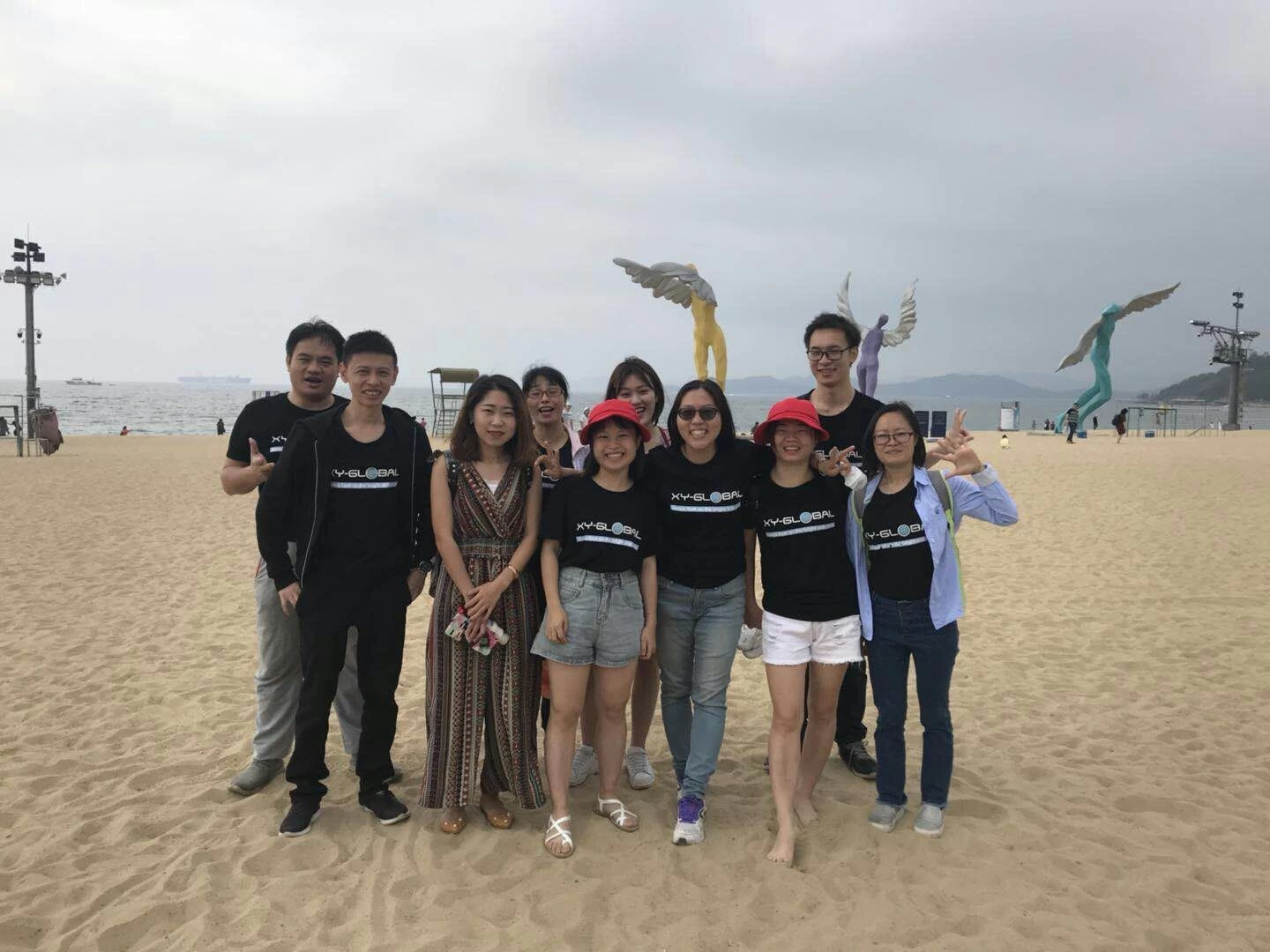
1.PP performance
PP is a crystalline polymer, PP is the lightest in plastics, and its density is only 0.91g/cm3 (smaller than water). In general plastics, PP has the best heat resistance. Its heat distortion temperature is 80-100°C, and it can be boiled in boiling water. PP has good resistance to stress cracking and has a high bending fatigue life, commonly known as "one hundred percent plastic."
The overall performance of PP is better than that of PE. PP products are light, tough, and chemically resistant. Disadvantages of PP: low dimensional accuracy, lack of rigidity, poor weatherability, easy to produce "copper damage", it has a phenomenon of post-shrinkage, after demoulding, easy to aging, brittle, easily deformed. PP has been the main raw material for making fibers because of its coloring ability, abrasion resistance, chemical resistance, and favorable economic conditions.
PP is a semi-crystalline material. It is harder and has a higher melting point than PE. Since the homopolymer PP is brittle at temperatures above 0°C, many commercial PP materials are random copolymers with 1 to 4% ethylene or block copolymers with higher ethylene content. The copolymer PP material has a low heat distortion temperature (100°C), low transparency, low gloss, and low rigidity, but has a stronger impact strength. The strength of PP increases with the ethylene content.
The Vicat softening temperature of PP is 150°C. Due to the high degree of crystallinity, this material has very good surface stiffness and scratch resistance.
PP does not have the problem of environmental stress cracking. In general, PP is modified by adding glass fibers, metal additives, or thermoplastic rubber. The flow rate of PP has an MFR range of 1 to 40. PP materials with low MFR have better impact resistance but lower strength.
Due to crystallization, PP shrinkage is quite high, typically 1.8 to 2.5%. And the uniformity of the shrinkage direction is much better than that of materials such as HDPE. Adding 30% glass fiber additives can reduce the shrinkage to 0.7%.
Homopolymer and copolymer PP materials have excellent resistance to moisture absorption, acid and alkali corrosion, and resistance to dissolution. However, it is not resistant to aromatic hydrocarbons such as benzene solvents, chlorinated hydrocarbon (carbon tetrachloride) solvents, and the like. PP is also not as resistant to PE as it is at high temperatures.
2.PP process features
PP has good fluidity at the melting temperature, good molding performance, PP has two characteristics in processing:
The first one is that the viscosity of the PP melt decreases significantly with the increase of the shear rate (it is less affected by the temperature);
Second, high degree of molecular orientation and greater shrinkage. PP processing temperature is 220 ~ 275 °C, careful not to exceed 275 °C better, it has good thermal stability (decomposition temperature of 310 °C), but at high temperatures (270-300 °C), stay in the barrel for a long time There is a possibility of degradation. Because the viscosity of PP decreases significantly with the increase of the shear rate, increasing the injection pressure and the injection speed will increase its fluidity and improve shrinkage deformation and dents. Mold temperature (40~80°C), 50°C is recommended.
The degree of crystallization is mainly determined by the mold temperature and should be controlled within the range of 30-50°C. The PP melt can pass through a very narrow mold gap and appear as a crest. PP in the melting process, to absorb a lot of heat of fusion (specific heat greater), the product is relatively hot after the mold.
The PP material does not need to be dried during processing, and PP has lower shrinkage and crystallinity than PE. The injection speed is usually high speed injection molding to minimize the internal pressure. If the surface of the product is defective, low-speed injection molding at a higher temperature should be used. Injection pressure: up to 1800 bar.
Runners and Gates: For cold runners, typical runner diameters range from 4 to 7 mm. It is recommended to use round injection ports and runners. All types of gates can be used. Typical gate diameters range from 1 to 1.5 mm, but gates as small as 0.7 mm can also be used. For edge gates, the minimum gate depth should be half the wall thickness; the minimum gate width should be at least twice the wall thickness, and the PP material can use the hot runner system.
PP has been the main raw material for making fibers because of its coloring ability, abrasion resistance, chemical resistance, and favorable economic conditions.
3. Typical application range
Automotive industry (mainly using PP with metal additives: fenders, ventilation ducts, fans, etc.), instruments (dishwasher door liners, dryer ventilation ducts, washing machine frames and covers, refrigerator door liners, etc.), Japan Use consumer products (lawn and garden equipment such as lawn mowers, sprinklers, etc.).Injection molding products are the second largest market for PP homopolymers, including containers, sealers, automotive applications, household goods, toys and many other consumer goods and industrial end uses.
XY-Global
It is a value-oriented supplier and medium-sized company focusing on various small plastic and metal parts. We understand that each part is a key part. Our quality Our team will ensure that your work is completed in a timely manner Meet your needs and tailor it to your specifications. We invite you to learn more about our capabilities. This is our website:
Www.xy-global.com
Www.xy-global.com


